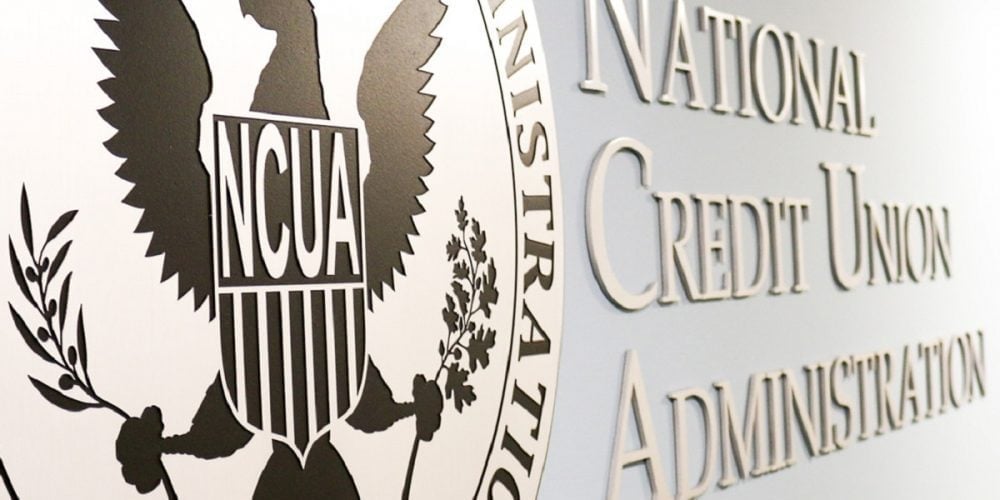At the beginning of COVID, all we heard was, "We're in this together." But that feeling of togetherness, while somewhat of a mirage from the beginning, hasn't lasted. Many see our country as more divided now than ever, with the recent election widening the chasm even more.
Do you see these divisions playing out in your membership, or perhaps on your team? Is it even possible to find common ground?
I would argue that despite our country's seemingly unbridgeable chasm, there's one desire that unites us all: the desire to be seen and heard. It is precisely this desire that motivated voters to go to the polls, just as it motivated your members to show up at your annual meeting.
There are millions of Americans on both sides of the aisle who don't feel seen or heard. Their frustration and anger are palpable.
So, how can you help? You may not be shaping national policy for your members, but maybe now's the time to personally call your members to check in. Maybe it's a good time to send out a survey or organize a virtual town hall. Maybe you can deliver joy to your teammates by mailing out surprise care packages or giving them a bonus day off.
No matter how we feel about the results of the election, we're all a bit frazzled, anxious, and exhausted right now. What are you doing to show your members that you see them, you hear them, and you care?
Here are some great places to start:
Create opportunities for members to share their pain
One of our clients created an online member survey shortly after COVID hit and received over 8,000 responses! This stunning response certainly speaks to members’ heightened financial anxieties and a need to feel heard.
There are a lot of great digital channels for soliciting feedback, and it’s best to meet your members where they are. That is to say, don’t rely on one channel only. Consider:
- Utilizing online surveys and promoting them via alert tools on your website
- Asking questions or soliciting feedback on social media
- Including calls for feedback and story sharing in your email newsletters
- Asking your blog readers to email you their responses to questions you pose in your posts
- Organizing virtual office hours, community roundtables, or town halls
- Building opportunities for member story sharing into existing communication tools, like your contact form, call center scripts, or post-transaction surveys
If fear of being overwhelmed by responses is preventing you from reaching out, try tailoring your survey to specific member subgroups and staggering your solicitation efforts. You can always start small and build from there.
But what about your members who don’t use digital channels? It all goes back to proactive member outreach and meeting members where they are. Sometimes we forget we can pick up a phone! Calling to check in on members, particularly those who aren’t enrolled in online banking or haven’t recently logged in, is a great way to leverage under-utilized staff members.
Be flexible and creative when responding to members’ needs
“If we are willing to be flexible and accommodating to the challenges facing members, we will gain their loyalty and they will stick with us when things improve,” stresses Kim Faucher, VP of Marketing at Trailhead Credit Union. “We’re training our staff to address the financial situations our members are facing — to understand the current situation impacts each person in a unique way — there is not a one-size-fits-all solution.”
Simplicity Credit Union learned to focus on the “human” side of banking, operating outside of guidelines and policies during the last recession. The credit union modified loans, made payment arrangements and offered financial counseling. They recognized the importance of offering counseling to their team as well. “If the financial well-being of our employees wasn’t important, how would they talk a member through a struggle?” says Sarah Arnoldy, VP Service at Simplicity.
Simplicity also introduced what they described as “financial first responders,” employees who were certified as Financial Counselors. During the COVID-19 pandemic, the credit union described themselves as being very quick in coming up with outside-the-box creativity. “We understood what was coming and were able to easily create new relief programs and understand member behavior before it truly hit our area,” says Arnoldy.
Put financial wellness at the center of your business model
People are inspired by purpose, not products, as Simon Sinek, author of Start with Why, knows full well. In the midst of our current turmoil, Gigi Hyland, Executive Director of the National Credit Union Foundation (NCUF) encourages credit union leaders and marketers to take a step back and ask themselves, “Why do we exist and why are we here?” Or, posed a different way, “If you were chartering your credit union from scratch today, what would you do?”
Answering these questions involves not just articulating your “why” but reevaluating your “how” and “what.” Are your sources of income congruous with your “why?” Do you engage with members in a way that reinforces your “why?” As Hyland asks, do “members feel that the credit union continues to be a very trusted partner that they can turn to in those micro moments of their financial lives, not just the big moments of college education and buying a car and buying a house and retiring?”
Many credit unions have been waiving fees and allowing members to defer payments, which has offered some short-term relief, but through the lens of financial wellness, it’s important to ask, do your recession-centric efforts ultimately help or hurt your members?
It’s a question Sarah Arnoldy at Simplicity Credit Union wished her credit union had done a better job answering during the last recession by monitoring the pre-, mid- and post-recession behavior of the members they helped. “Did they come out stronger, or did we inadvertently put them in a worse position? Where did they end up with regard to pre- and post-PFI status?”
Of course, centering financial wellness is easier said than done. As financial wellness expert Manisha Thakor points out, “We talk about [budgeting] in a really judgy way, usually around coffee, which is, to me, sacrosanct.” How can we educate in a way that doesn’t condescend, and in a way that actually inspires behavior change? Similar to Hyland’s emphasis on micro moments, Thakor maintains that financial education efforts will be vastly more successful if we can take a page from Weight Watchers and create a tribe that celebrates the little wins.
At the end of the day, cooperatives are an essential tool for teaching democracy through doing. They just might be a key piece of the puzzle when it comes to stemming the tides of rising inequality, political polarization, social withdrawal, and declining levels of empathy. Now is the time to show your members that you’re listening and you care.








